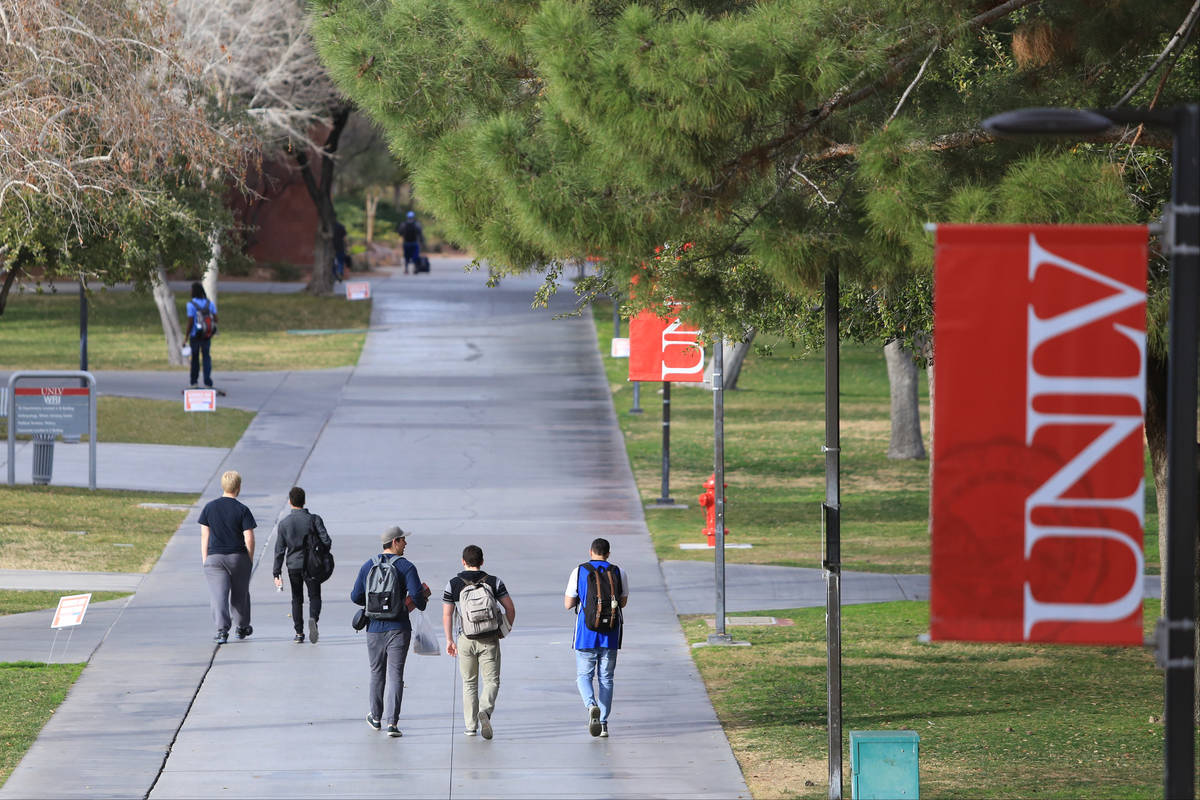
Physicists from the University of Nevada, Las Vegas and the University of Rochester have made a breakthrough in the long sought-after quest for a room-temperature superconductor, what they call the “holy grail” of energy efficiency.
The research team led by University of Rochester physicist Ranga Dias in collaboration with Ashkan Salamat, assistant professor of physics and astronomy at UNLV, established room temperature superconductivity in a diamond anvil cell, a small, hand-held and commonly used research device that enables the compression of tiny materials to extreme pressures you only would find at the center of the Earth.
Though the phenomena observed by the research team and reported today as the cover story in the journal Nature was at an early stage, the discovery has implications for how energy is stored and transmitted. It could also one day change how everyday technological devices — from laptops to MRI machines — are powered, how people and goods are transported, and how the whole of society could operate years into the future.
“It’s a revolutionary game changer,” said Salamat, who leads the Nevada Extreme Conditions Lab at UNLV, a newly formed, multidisciplinary group that explores fundamental experimental, computational and engineering problems of materials under high pressure. “The discovery is new, and the technology is in its infancy and a vision of tomorrow, but the possibilities are endless. This could revolutionize the energy grid, and change every device that’s electronically driven.”
Superconductivity is a remarkable quantum phenomena, as its hallmark properties include the expulsion of magnetic fields and zero resistance electrical flow, meaning that the energy current passing through a circuit is conducted infinitely and perfectly with no loss of power.
Since its first observation in 1911, scientists have observed superconductivity only at very low temperatures, temperatures within a few degrees of absolute zero (273 degrees below zero Celsius), which would make widespread and practical application unattainable. In 1968, however, scientists predicted that metallic hydrogen, accessed at very high pressures, could be the key ingredient to discovering superconductivity at or above room temperature.
In Dias’ lab at the University of Rochester, the research team worked to chemically synthesize hydrogen in an effort to solve the century-old problem. Like a materials search engine, Salamat and Dias used the diamond anvil cell to scan through temperature and pressure space to find the right combination that would drive carbon sulfur hydrogen, first into a metallic state and then even further into a room-temperature superconducting state.
The U.S. energy grid, Salamat notes, which is made up of metallic cables loses about $20 billion a year to dissipating current. Though a metal like copper exhibits the least resistance of nearly all metals, it’s still resistant. Running current through copper and other metals generates heat, and as a consequence energy is lost (think of the heat exiting the bottom of your laptop).
Room-temperature superconductivity would allow current to flow through a closed loop forever, meaning that no energy would be lost. In the long distant future, such a state could enable a solar farm in the Southwest U.S. to transport energy to the East Coast with no loss, or MRI machines – which currently need liquid helium to operate – to be deployed to war zones. It could change how electronics are designed and built, and could revolutionize the transportation system.
Salamat calls it a “paradigm-shifting” discovery, which was made possible, in part, by the Early Career Award he received from the U.S. Department of Energy in 2019. The competitive DOE program bolsters financial support for exceptional talent during crucial early career years, when many scientists do their most formative work, and was the catalyst for Salamat to focus on the problem of identifying a room-temperature superconductor.
The discovery also dovetails perfectly into Salamat’s broader research priorities, which are identifying the precise makeup of metal superhydrides – extremely hydrogen-rich materials – and techniques to readily synthesize them.